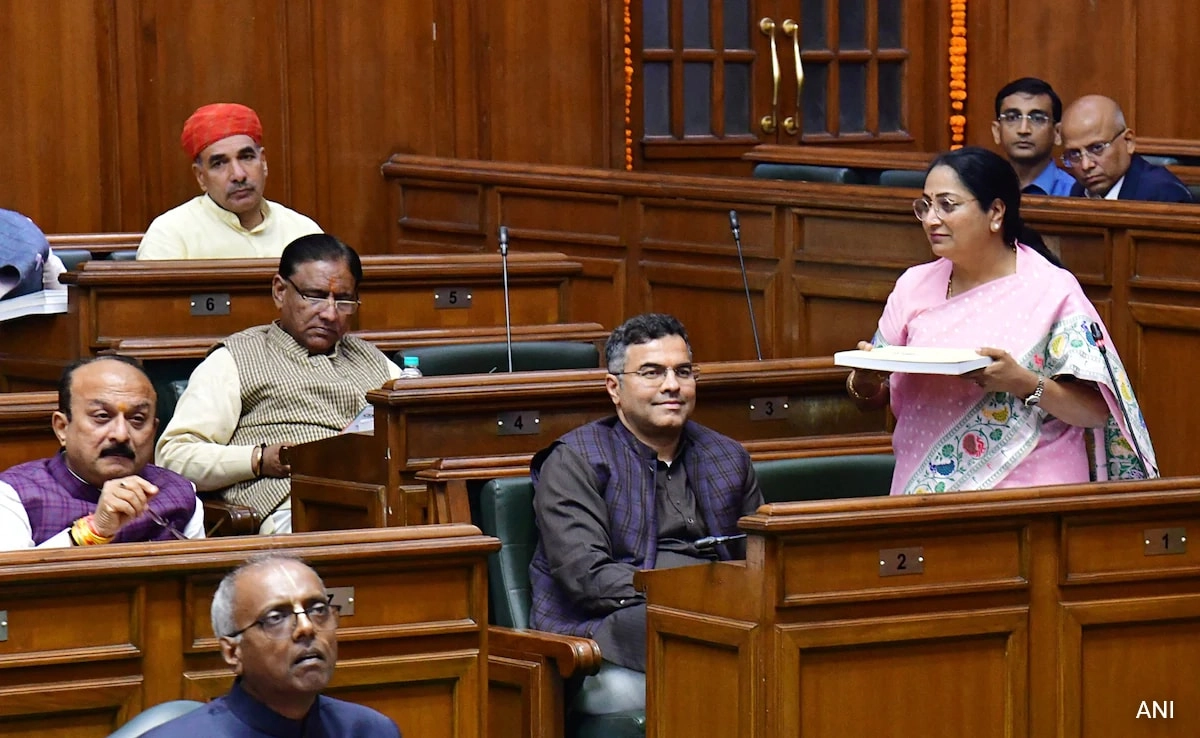In the latest 2025 Pollution Report, India has made significant strides in improving its environmental standing, marking a notable shift in its pollution ranking. This development reflects the country’s ongoing efforts to address environmental challenges and implement stricter regulations aimed at reducing air and water pollution. Over the past few years, India has introduced various initiatives, including the promotion of renewable energy sources, stricter emissions standards for vehicles, and increased investment in waste management systems. These measures have begun to yield positive results, contributing to a gradual decrease in pollution levels across several major cities.
However, despite India’s improvements, the report highlights the continued struggle of neighboring countries like Pakistan and Bangladesh, which remain at the bottom of the pollution ranking. These nations face severe environmental challenges, with air quality in cities often reaching hazardous levels. The reliance on fossil fuels, industrial emissions, and urbanization without adequate infrastructure has exacerbated pollution levels in these countries. The situation is particularly dire in urban areas, where a combination of traffic congestion and industrial activity contributes to the health crisis associated with poor air quality.
India’s progress offers a glimmer of hope for the region, demonstrating that concerted efforts can lead to positive change. Nonetheless, the stark contrast between India’s advancements and the challenges faced by Pakistan and Bangladesh underscores the need for a collaborative approach to tackle pollution on a broader scale. Regional cooperation could facilitate the sharing of best practices, technology transfer, and joint initiatives aimed at reducing environmental degradation. Furthermore, international support and funding can play a crucial role in helping these countries implement effective strategies to combat pollution and improve public health outcomes.
As countries in South Asia grapple with the ongoing pollution crisis, the findings of the 2025 Pollution Report serve as a reminder of the urgent need for sustained action and commitment to environmental sustainability. While India’s improvements are commendable, they also highlight the disparities within the region that must be addressed to ensure a healthier and more sustainable future for all. The path forward requires not only national policies but also a unified approach that recognizes the interconnectedness of environmental issues across borders.




